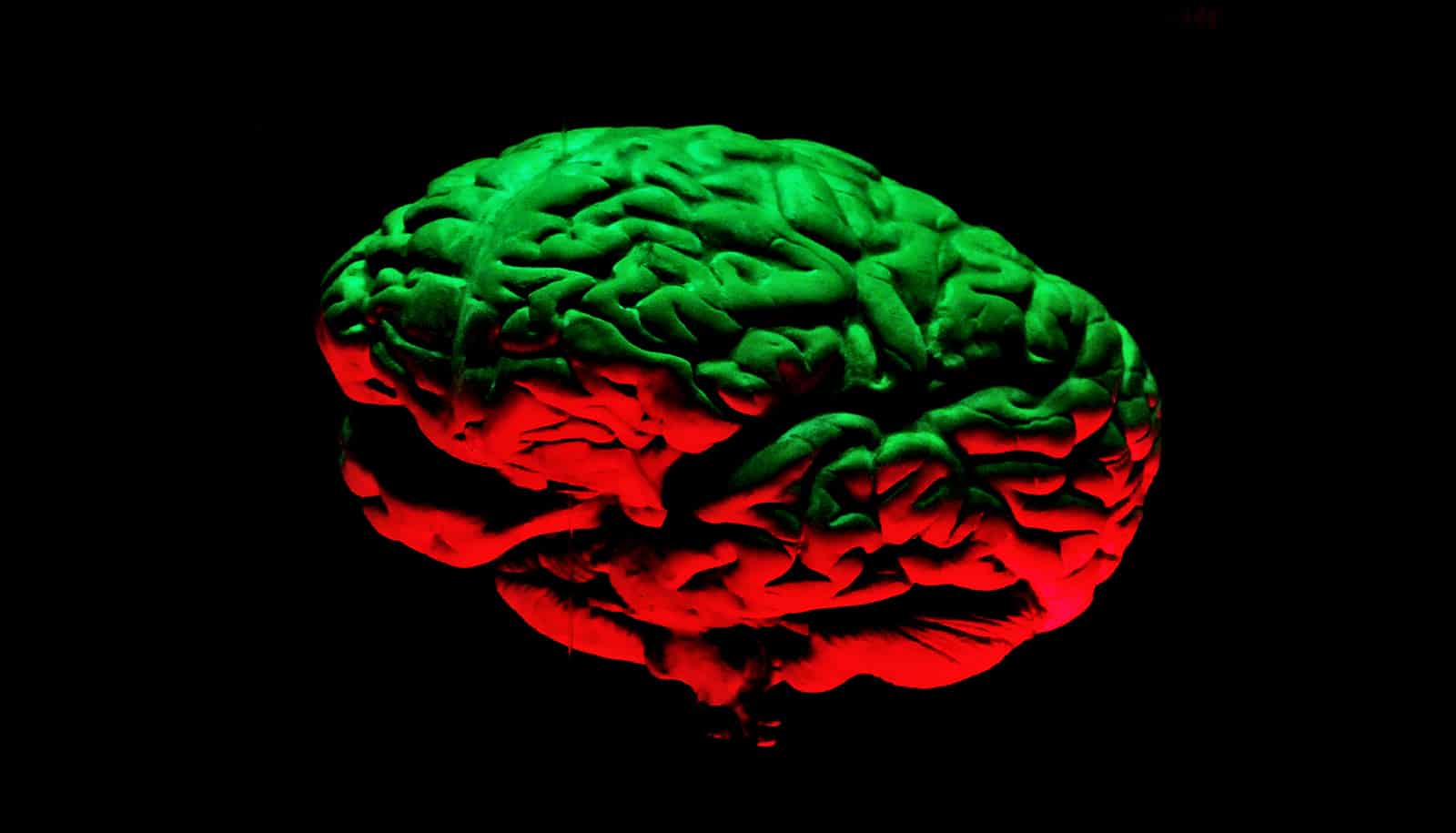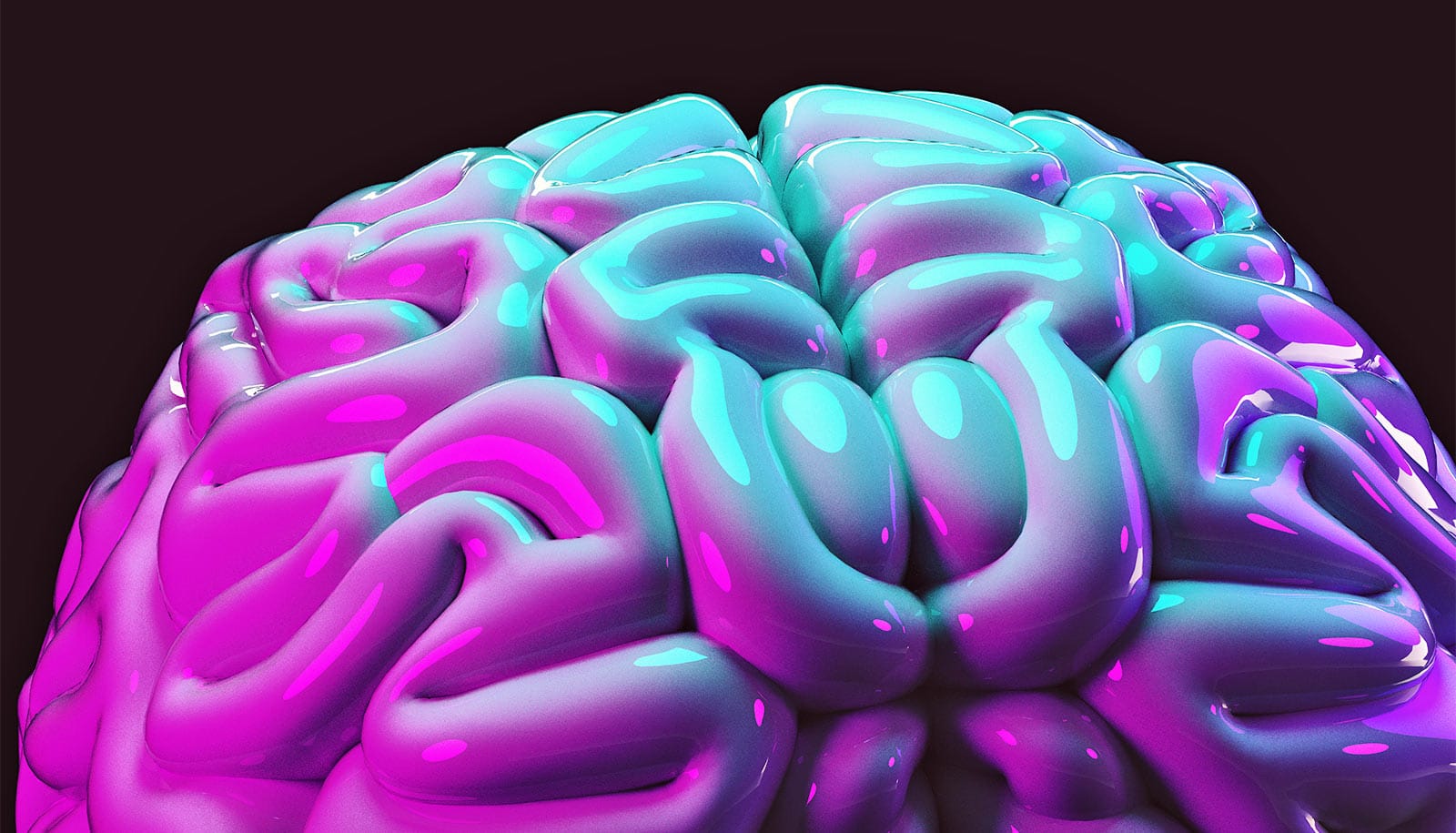A new gel helped regrow neurons and blood vessels in mice with stroke-damaged brains, researchers report.
“…new brain tissue can be regenerated in what was previously just an inactive brain scar after stroke.”
The results suggest that such an approach may someday be a new therapy for stroke in people, says Tatiana Segura, professor of biomedical engineering at Duke University.
“We tested this in laboratory mice to determine if it would repair the brain in a model of stroke, and lead to recovery,” says S. Thomas Carmichael, professor and chair of neurology at the University of California, Los Angeles, who collaborated on the study with Segura. “This study indicated that new brain tissue can be regenerated in what was previously just an inactive brain scar after stroke.”
The brain has a limited capacity for recovery after stroke and other diseases. Unlike some other organs in the body, such as the liver or skin, the brain does not regenerate new connections, blood vessels, or new tissue structures. Tissue that dies in the brain from stroke is absorbed, leaving a cavity, devoid of blood vessels, neurons, or axons, the thin nerve fibers that project from neurons.
To see if healthy tissue surrounding the cavity could be coaxed into healing the stroke injury, Segura engineered a gel to inject into the stroke cavity that thickens to mimic the properties of brain tissue, creating a scaffolding for new growth.
The gel is infused with molecules that stimulate blood vessel growth and suppress inflammation, since inflammation results in scars and impedes regrowth of functional tissue.
After 16 weeks, stroke cavities in mice contained regenerated brain tissue, including new neural networks—a result that had not been seen before. The mice with new neurons showed improved motor behavior, though the exact mechanism wasn’t clear.
“The new axons could actually be working,” says Segura. “Or the new tissue could be improving the performance of the surrounding, unharmed brain tissue.”
Strokes may make people want to drink
The body eventually absorbed the gel, leaving behind only new tissue.
The researchers wanted to explore recovery in acute stroke, or the period immediately following stroke—in mice, that is five days; in humans, that is two months. Next, Carmichael and Segura are determining if brain tissue can be regenerated in mice long after the stroke injury. More than 6 million Americans are living with the long-term outcomes of stroke, known as chronic stroke.
Funds from the National Institutes of Health supported the work.
Source: Duke University via UCLA



